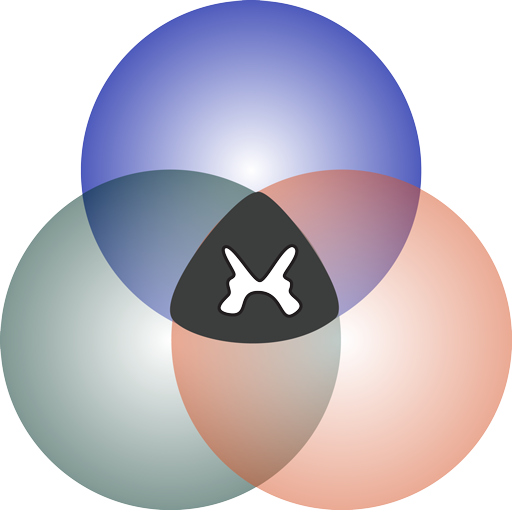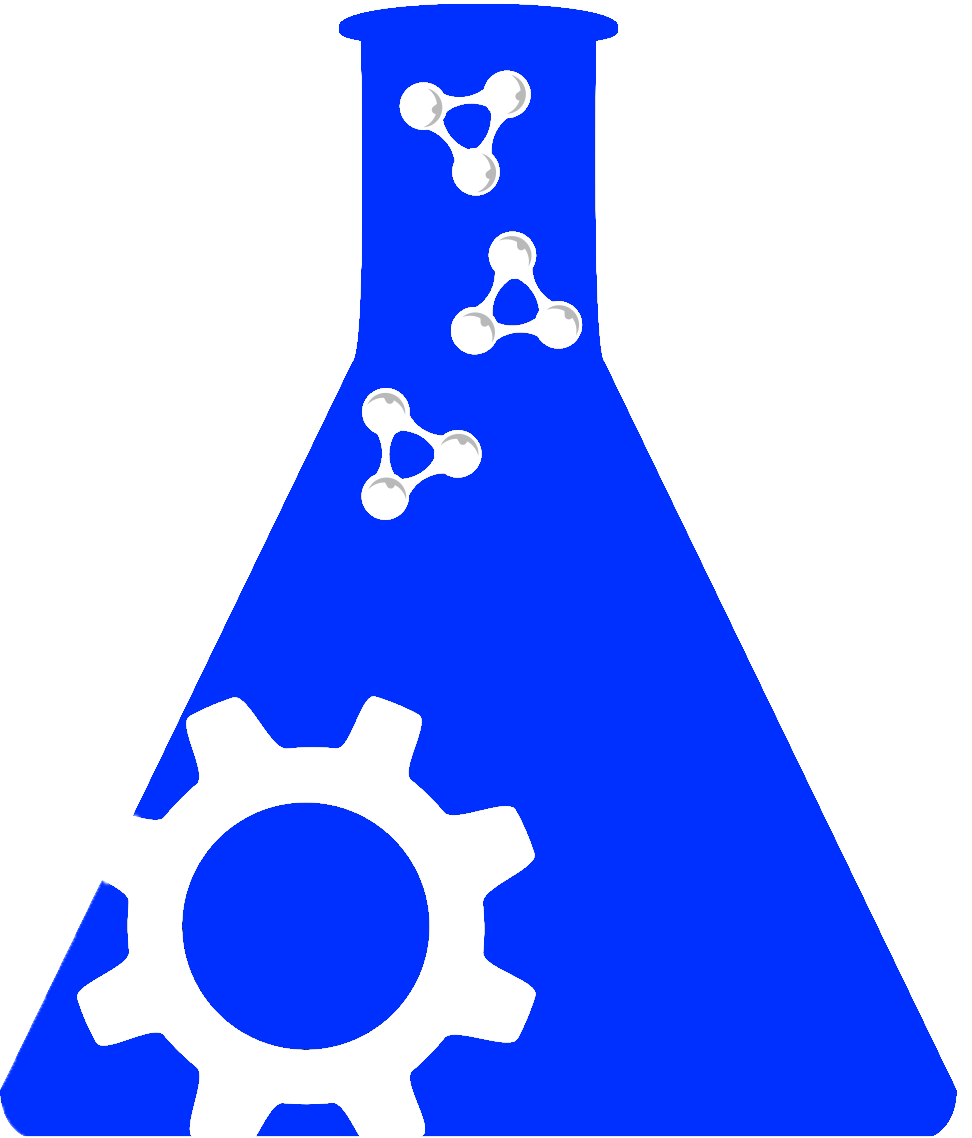Functional Forelimb Recovery and Corticospinal Tract Changes after Chondroitinase Treatment in Male Primates after Cervical C7 Spinal Hemisection
DOI:10.34945/F57S3T
DATASET CITATION
Rosenzweig E. S., Salegio E. A., Liang J. J., Weber J. L., Weinholtz C. A., Brock J. H., Moseanko R., Hawbecker S., Pender R., Cruzen C. L., Iaci J. F., Caggiano A. O., Blight A. R., Haenzi B., Huie J., Havton L. A., Nout-Lomas Y. S., Fawcett J. W., Ferguson A. R., Beattie M. S., Bresnahan J. C., Tuszynski M. H. (2024) Functional Forelimb Recovery and Corticospinal Tract Changes after Chondroitinase Treatment in Male Primates after Cervical C7 Spinal Hemisection. Open Data Commons for Spinal Cord Injury. ODC-SCI:1120 http://doi.org/10.34945/F57S3T
ABSTRACT
STUDY PURPOSE: The purpose of the study was to evaluate the behavioral and neurobiological effects of intraparenchymal treatment with the enzyme chondroitinase (Chase) in rhesus monkeys that had undergone cervical (C7) spinal cord hemisection, targeting spinal cord circuits that control hand function.
DATA COLLECTED: Fourteen (14) male Rhesus macaques, aged 6-10 years were assessed. Hand function was assessed using measures of open-field scoring of object manipulation, as well as the Brinkman board task to assess digital manipulation and fine motor skills. Five different boards of increasing difficulty were presented sequentially in each testing session. Difficulty was increased by: (1) increasing the depth of wells from which monkeys needed to extract the food reward; (2) altering the angle of the well relative to the monkey’s position; and (3) increasing the number of reward wells. Subjects were scored on the number of rewards obtained from each board, the time they took to clear the board and whether they used a pincer grasp. Tracing with biotin dextran amine and anterograde tracer dextran-conjugated AlexaFluor 440 was perfromed in order to measure corticospinal axon growth, and the number of synapses formed by corticospinal terminals in gray matter caudal to the lesion was also assessed (colocalization of BDA and synaptophysin).
CONCLUSIONS: Chase significantly increased corticospinal axon growth and the number of synapses formed by corticospinal terminals in gray matter caudal to the lesion. No detrimental effects were detected. This approach appears to merit clinical translation in spinal cord injury.
KEYWORDS
PROVENANCE / ORIGINATING PUBLICATIONS
Rosenzweig ES, Salegio EA, Liang JJ, Weber JL, Weinholtz CA, Brock JH, Moseanko R, Hawbecker S, Pender R, Cruzen CL, Iaci JF, Caggiano AO, Blight AR, Haenzi B, Huie JR, Havton LA, Nout-Lomas YS, Fawcett JW, Ferguson AR, Beattie MS, Bresnahan JC, Tuszynski MH. Chondroitinase improves anatomical and functional outcomes after primate spinal cord injury. Nat Neurosci. 2019 Aug;22(8):1269-1275.. doi:10.1038/s41593-019-0424-1.
This is the Nature Neuroscience publication in which these data are synthesized, analyzed, and presented
RELEVANT LINKS
NOTES
|
|
DATASET INFO
Contact: Ferguson Adam (adam.ferguson@ucsf.edu)
Lab: Ferguson Lab
ODC-SCI Accession:1120
Records in Dataset: 249
Fields per Record: 68
Last updated: 2024-10-14
Date published: 2024-10-14
Downloads: 9
Files: 2
LICENSE
Creative Commons Attribution License (CC-BY 4.0)
FUNDING AND ACKNOWLEDGEMENTS
US Department of Veterans Affairs grants Gordon Mansfield Spinal Cord Injury Collaborative Consortium IP50RX001045 (M.HT.), RR&D B7332R (M.H.T.), RR&D 1I01RX002245 (A.R.F.), National Institutes of Health NCRR P51 OD011107-56, Craig H. Neilsen Foundation (M.H.T.), Bernard and Anne Spitzer Charitable Trust (M.H.T.), Dr. Miriam and Sheldon G. Adelson Medical Research Foundation (M.H.T.)
CONTRIBUTORS
- Rosenzweig, Ephron S.
- Department of Neurosciences, University of California, San Diego, La Jolla, CA, USA.
- Salegio, Ernesto A.
- California National Primate Research Center, University of California, Davis, Davis, CA, USA.
- Liang, Justine J.
- Department of Neurosciences, University of California, San Diego, La Jolla, CA, USA.
- Weber, Janet L.
- Department of Neurosciences, University of California, San Diego, La Jolla, CA, USA.
- Weinholtz, Chase A.
- Department of Neurosciences, University of California, San Diego, La Jolla, CA, USA.
- Brock, John H.
- Department of Neurosciences, University of California, San Diego
- Moseanko, Rod
- California National Primate Research Center, University of California, Davis, Davis, CA, USA.
- Hawbecker, Stephanie
- California National Primate Research Center, University of California, Davis, Davis, CA, USA.
- Pender, Roger
- California National Primate Research Center, University of California, Davis, Davis, CA, USA.
- Cruzen, Christina L.
- California National Primate Research Center, University of California, Davis, Davis, CA, USA.
- Iaci, Jennifer F.
- Acorda Therapeutics, Ardsley, NY, USA.
- Caggiano, Anthony O.
- Acorda Therapeutics, Ardsley, NY, USA.
- Blight, Andrew R.
- Acorda Therapeutics, Ardsley, NY, USA.
- Haenzi, Barbara
- Cambridge University, Cambridge, UK.
- Huie, J Russell
- Department of Neurosurgery, University of California, San Francisco, San Francisco, CA, USA.
- Havton, Leif A.
- University of California, Los Angeles
- Nout-Lomas, Yvette S.
- College of Veterinary Medicine and Biomedical Sciences, Colorado State University, Fort Collins, CO, USA.
- Fawcett, James W.
- Cambridge University, Cambridge, UK.
- Ferguson, Adam R.
- Department of Neurosurgery, University of California, San Francisco, San Francisco, CA, USA.
- Beattie, Michael S.
- Department of Neurosurgery, University of California, San Francisco, San Francisco, CA, USA.
- Bresnahan, Jacqueline C.
- Department of Neurosurgery, University of California, San Francisco, San Francisco, CA, USA.
- Tuszynski, Mark H.
- Department of Neurosciences, University of California, San Diego
|




